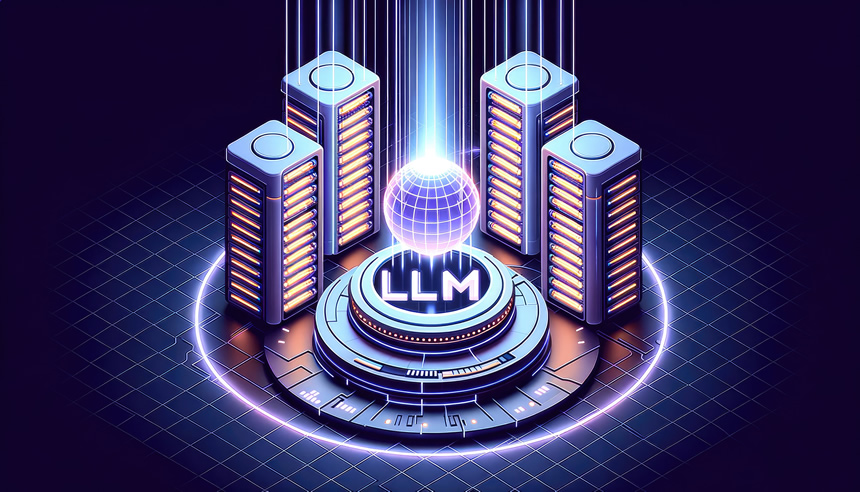In the field of language services, the role of technology has been transformative, and one of the most groundbreaking advancements is the emergence of Large Language Models (LLMs). This article serves as an introduction to the profound impact of LLMs on the translation industry, offering a glimpse into the future where these models redefine how languages are understood, translated, and communicated.
The Evolution of Language Translation
TrueLanguage and their partner Powerling, pioneering translation companies, have always been at the forefront of embracing technological innovations. As we navigate the changes, the significance of language and cross-cultural communication has only grown. The traditional methods of translation, while effective, are now witnessing a revolutionary shift with the advent of Large Language Models.
Understanding Large Learning Models
Large Language Models, often powered by advanced artificial intelligence and machine learning algorithms, can process and understand vast amounts of linguistic data. Unlike traditional models, LLMs are getting better at grasping intricate language nuances, cultural context, and evolving linguistic trends. This capacity positions them as a powerful tool for linguists in the field of translation.
Key Features of Large Language Models in Translation
Enhanced Accuracy
LLMs excel in achieving accuracy in translation. They are getting better at understanding the intricacies of language, context, and cultural elements, resulting in translations that go beyond mere word-for-word rendering.
Efficiency and Speed:
The sheer processing power of LLMs enables swift initial translations. We can now offer faster turnaround times, meeting the demands of clients in a rapidly changing global business environment.
Adaptability to Industry-Specific Jargon:
With proper input, LLMs can be fine-tuned to understand industry-specific terminology, ensuring that translations align with the unique language requirements of diverse sectors. This adaptability enhances precision in technical, legal, medical, and other specialized fields.
Customization for Client Needs:
TrueLanguage and Powerling can harness the flexibility of LLMs to tailor translation services according to client preferences. Whether it’s maintaining a formal tone or capturing the essence of colloquial language, LLMs can be adapted to specific client needs.
Our Commitment to LLMs
We recognize the transformative potential of Large language models in redefining the standards of excellence in translation. As we embark on this initiative, it is important to highlight that the next several articles we publish will delve deeper into these models. We will explore the intricacies, applications, challenges, and opportunities that LLMs present in the context of language services.
Looking Ahead: The Future Landscape of Translation Services
This introductory article sets the stage for an exciting exploration of the future of translation services. The synergy between TrueLanguage’s and Powerling’s expertise and the capabilities of LLMs promises a new era of precision, efficiency, and adaptability in language translation.
Stay tuned as we unravel the potential of Large Language Models in the upcoming articles, examining how we can leverage this technology to deliver unparalleled translation services that redefine the possibilities of cross-cultural communication


